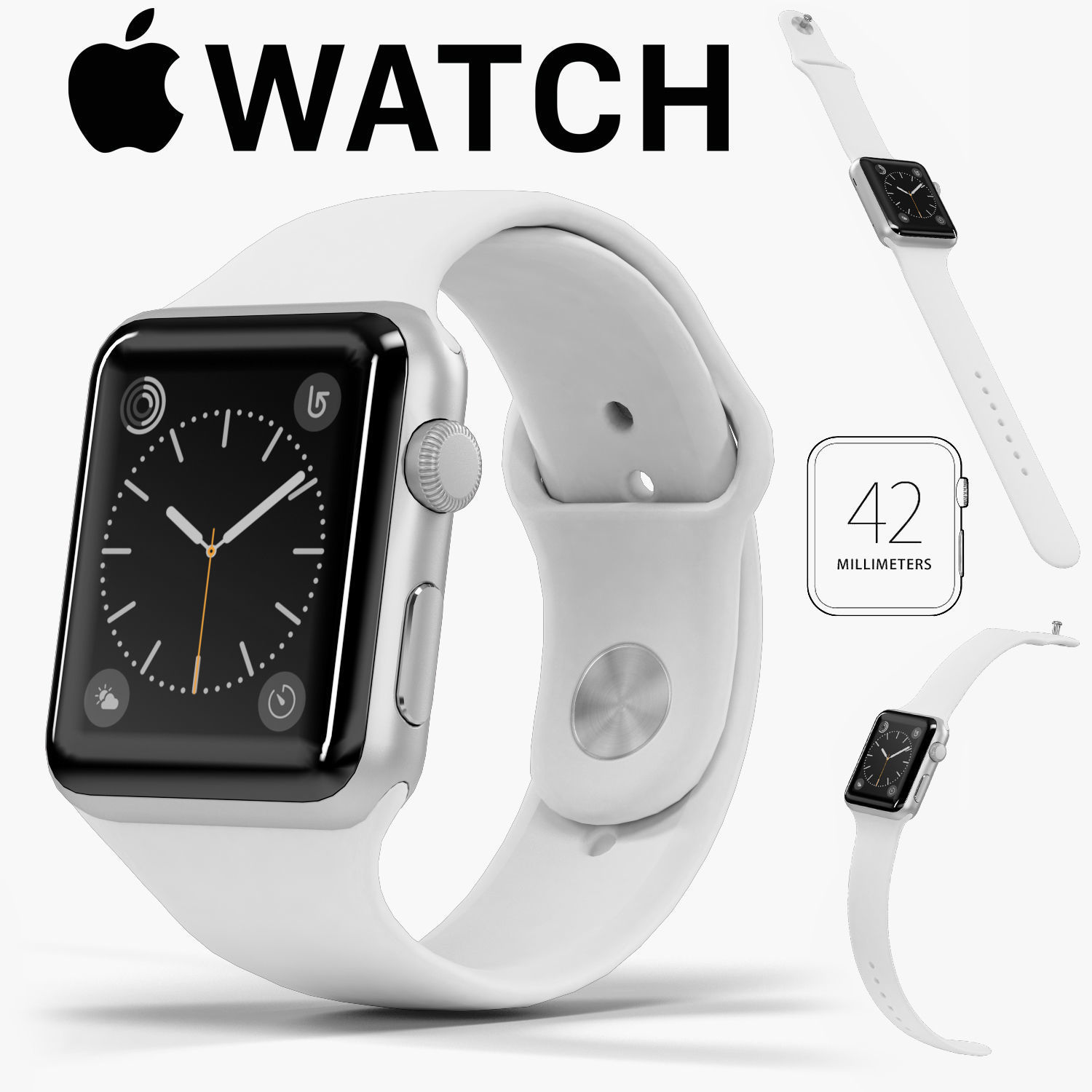
- #ASSETS.XCASSETS APPICON APPLE WATCH INSTALL#
- #ASSETS.XCASSETS APPICON APPLE WATCH UPDATE#
- #ASSETS.XCASSETS APPICON APPLE WATCH CODE#
Remember, these aren’t the filenames, they are just the reference names you want to use in your code. In that example XML above I used the icon names “AppIcon-2” and “AppIcon-3”. However, it’s what we have so if you want to start using it today then you’re going to want some example XML to get you started.Īt the end of your property list XML you should see this: īefore that – i.e., directly before, add this: CFBundleIconsĪgain, I’ve used the files and for that – you’ll need to replace those filenames with your own.ĭo not put the or parts into your plist, and don’t add the. If your head is spinning a little, that’s OK: it really is far too complex and I’m amazed this is new API. To be quite clear, CFBundleIcons is a dictionary containing the key CFBundleAlternateIcons, which is a dictionary containing the key YourImageName, which is another dictionary containing the icon files and gloss effect settings. Each icon name is another dictionary, which contains the same two keys as CFBundlePrimaryIcon: the CFBundleIconFiles array and the UIPrerenderedIcon boolean.This doesn’t need to be their filename, just however you want to reference each icon in your code. The alternate icons key is also a dictionary, but this time the keys of its children are the names of images you want to use.Yes, that latter setting has been dead since iOS 7 but it still loiters around. The primary icon key itself is a dictionary that lists its icon files ( CFBundleIconFiles), which is an array containing the filenames for your primary icon, and whether iOS should apply gloss effects to it ( UIPrerenderedIcon).CFBundleIcons is a dictionary that defines what your primary icon is ( CFBundlePrimaryIcon) and what your alternate icons are ( CFBundleAlternateIcons).This will reveal the raw XML behind your plist – it might seem like a lot at first, but trust me this is way better than using the GUI for this particular task.ĭefining the icons for your app is done with a very specific set of property list keys and values: Now go to your project navigator, right-click your ist file, and choose Open As > Source Code. are all just regular PNGs, with the being 120x120 and the being 180x180.Remember to use the and naming convention to ensure iOS automatically picks the correct icon for users’ devices.įor this example, we’re using these example icon files:

These should be placed loose in your project or in a group, rather than inside an asset catalog.

The process behind this is far from optimal, and right now the best thing to do is edit your ist as XML rather than trying to use the built-in property list editor in Xcode.
#ASSETS.XCASSETS APPICON APPLE WATCH CODE#
The actual code to change your app’s icon is trivial, but first there’s some setup work because you must declare all possible icons in your ist file. It also isn’t quite as powerful as you might hope – you can’t recreate the moving hands of the Clock app, for example. IOS gives developers the ability to change their app’s icon programmatically, although it takes a little work to set up.
#ASSETS.XCASSETS APPICON APPLE WATCH UPDATE#
If the asset catalog does not already have file names for each image in the asset, Speculid will automatically update the asset catalog and name the files using the following pattern: This will create the graphics which you will use in your asset image set or app icon.

speculid file in your directory.īuild the application. If you are using fastlane to build your application.
#ASSETS.XCASSETS APPICON APPLE WATCH INSTALL#
If you already have Homebrew installed, you can simply install Speculid via: Additionally, they can trim their code repository of unneeded graphic files and just make Speculid part of the Continous Integration environment. With Speculid, you can take one SVG file and automatically generate each png file on build.ĭevelopers can use Speculid for each time a graphic is updated. Speculid can take a single SVG or PNG file and resize the file according to the sizes required for that app.įor instance, if you are building a universal app for all of Apple’s operating system (macOS, iOS, watchOS, tvOS, and CarPlay) that would require 41 separately sized png graphic files. Whether the developer’s app is for iPad, iPhone, Mac, or the Apple Watch. For developers in the Apple space, Xcode (the main developer application) requires particular file types and sizes for each image used. Speculid is a macOS application for developers. Speculid - Media Kit | Speculid Speculid Speculid Product Information and Media Kit


 0 kommentar(er)
0 kommentar(er)
